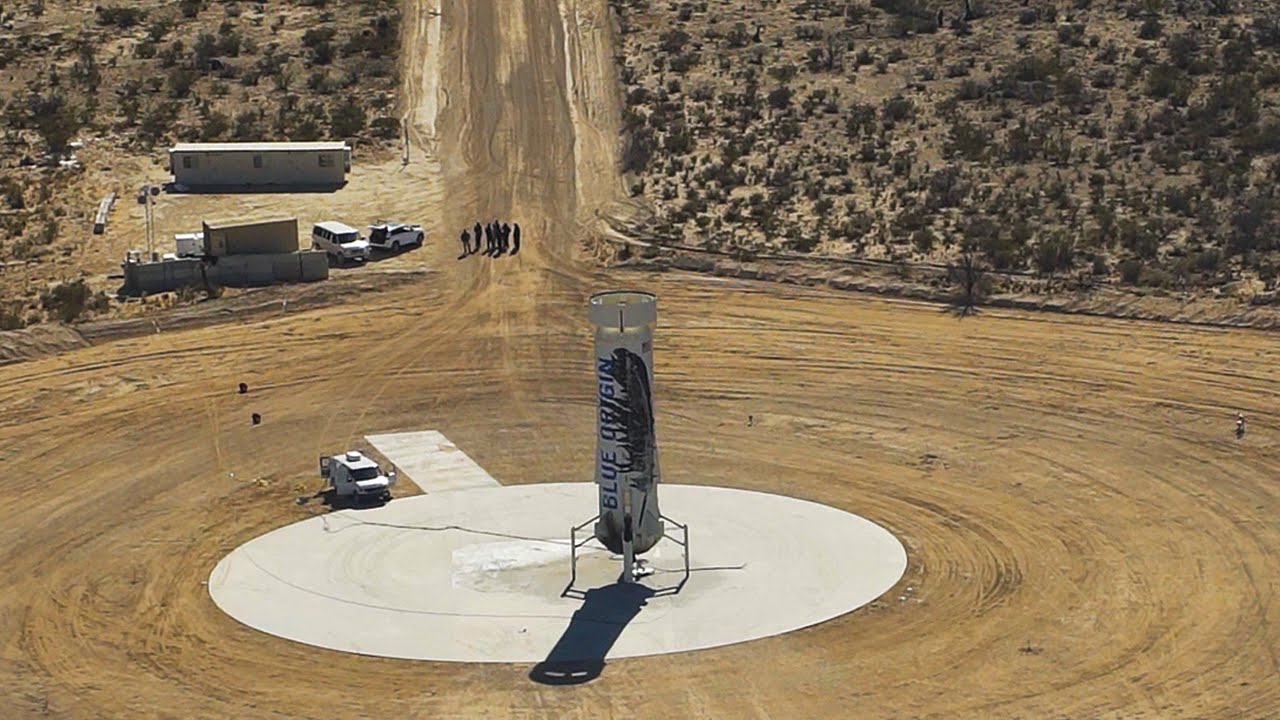Blue Origin just launched and landed its suborbital rocket New Shepard — the same vehicle the company flew and then landed in November. The booster reached a maximum altitude of 333,582 feet, or 63 miles, above the Earth’s surface, before landing gently back at Blue Origin’s test facility in Texas. That makes it the first commercial vertical rocket to launch into space a second time.
It also means Blue Origin has seemingly beaten rival SpaceX yet again in the race to reuse rockets. SpaceX successfully landed one of its Falcon 9 rockets post-launch back in December for the first time, just a month after Blue Origin did. However, CEO Elon Musk said that particular rocket will never be launched again, as the company considers it too special to reuse. SpaceX tried to land another rocket last week, but the vehicle ultimately fell over and exploded, making it impossible to fly again.
SpaceX and Blue Origin may be working toward the same goal, but the companies do have two very different vehicles. Blue Origin’s New Shepard is designed to take future passengers into suborbital space, where they will experience four minutes of weightlessness before falling back to Earth. SpaceX’s Falcon 9 is made to launch payloads and cargo into orbit and beyond; the rocket goes much faster and to a much higher altitude before returning to the ground.









Comments are closed.